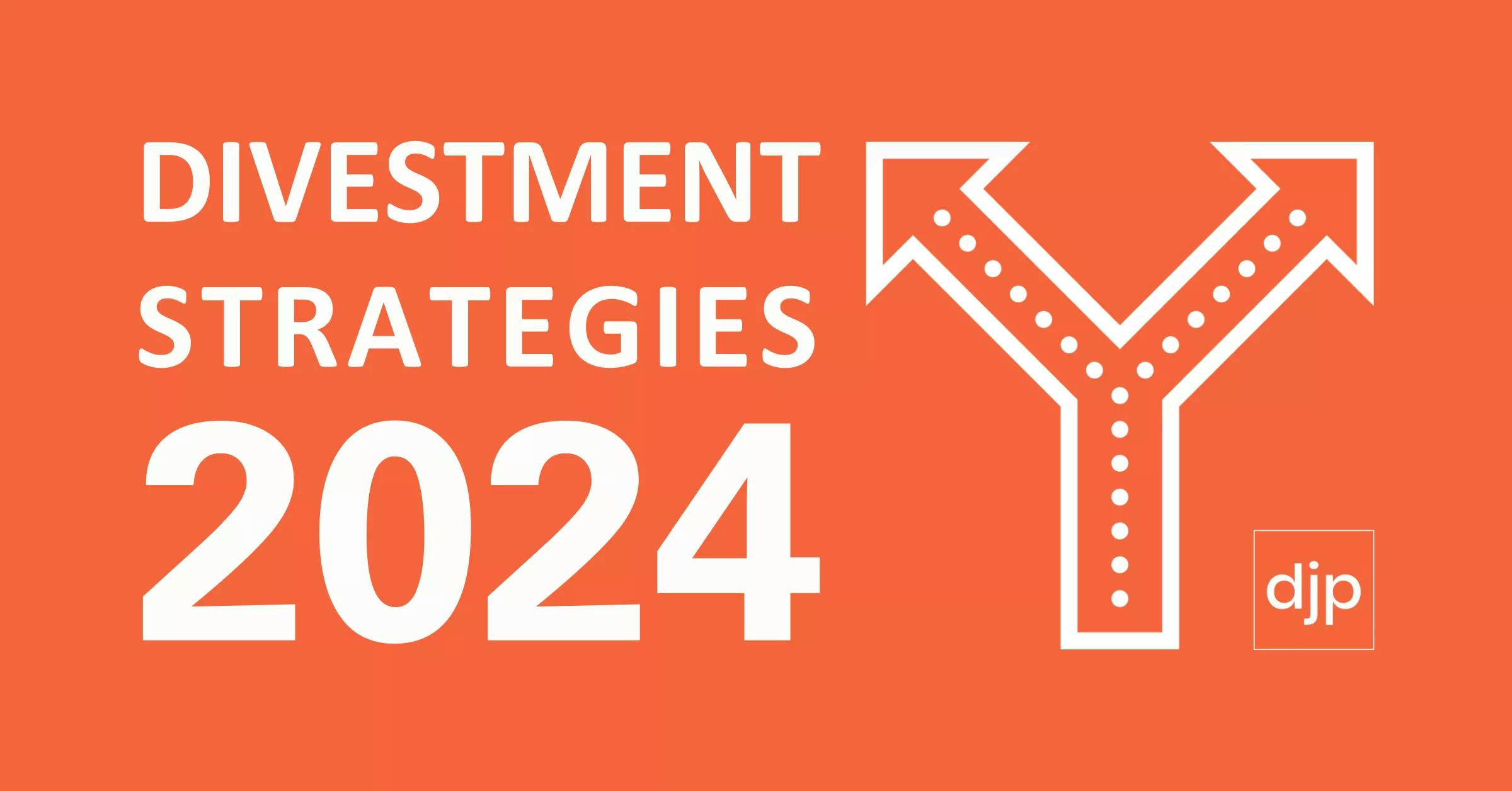Forget the valuation, sale terms are where mergers and acquisitions are won or lost.
The most common question our team get asked at accountancy conferences is ‘what am I worth?’
Of course, what practitioners mean by this is, what is the value of my accounting firm, or a partners’ share of a firm upon succession or transfer?
There are usually three reasons for asking this question:
- someone is buying into or exiting the practice,
- buy/sell or key person insurance is being renewed, or
- death, divorce, illness or someone is trying to extract money from the firm
The two most common methods for establishing the value of a firm are cents in the dollar or a multiple of earnings before interest and tax. Both have pros and cons. So why choose one over the other?
The more popular cents in the dollar rule of thumb is where the buyer agrees to pay a fixed amount for each $1 of gross revenue generated in the most recent financial year. A firm with slim profit margin will almost always opt for this method.
The other method, a multiple of earnings before interest and tax (EBIT), is favoured by profitable practices because it fetches a higher price.
Many factors contribute to a firm’s valuation – location, for example. A city based practice will fetch a higher price than one in a regional centre. Each city has hotspots. In Sydney, the CBD and Parramatta are especially attractive.
A client register consisting of small and medium enterprises trumps one made up of individuals. Unless of course they happen to be high net worth individuals.
Practices that operate in high value niches, such as medicos, are also considered prime real estate. Sharp buyers will dissect the client base by age, profession and location, as well as examining any cross or up sell opportunities.
Don’t underestimate the value of your firm and the multiple for its components. The market isn’t. Buyers see opportunity in areas yet to be worked.
Accounting practices are currently fetching record high multiples due to intense interest from financial planners, many of them with foreign backing. They want to replicate the lifelong relationship that accountants have with clients and apply it to financial advisory services.
In measuring up a firm, staff profiling and cultural issues emerge that impact the valuation too. An astute buyer will examine the age, experience, tenure and contractual obligations of staff, including trading restraints.
Red flags go up, for example, when all or a large percentage of staff have their own tax agents license. This is a classic indicator that a vendor is trying to sell client relationships they may not really own.
On the flip side, there maybe legislative reasons for having staff with individual tax registrations so what a buyer really wants to see are robust employment agreements in place, with effective restraint clauses clearly stating that any clients an employee wants to exit with they will have to buy.
By itself, neither the type of clients nor the staff profile will determine cultural fit. We work in a relationship business. Culture eats strategy for breakfast. A quick sale for a quick dollar will hurt all parties involved. Get to know your suitor, business masks off, personalities out on the table. Having advised over 600 accountancy firm transaction over the course of a decade, we can tell you that transactions where the parties take the time and effort to do this always produce superior outcomes.
Ultimately, it’s the sales terms found in the contract, not the multiple used, that has the biggest influence on what you end up paying (or pocketing) for a practice. This second phase of negotiations is the most crucial. Read the contract.
Sales terms: How the sales price is sliced and diced
There are a number of factors that govern sales terms, including cash upfront, the clawback, length of the handover period, and the ongoing role of an exiting practitioner and current staff.
Cash is king. From a seller’s point of view, the more cash secured upfront in a transaction, the better. In reality, a vendor usually pays between 50 to 90 percent of the agreed sale price upfront. The remainder paid over one or two years is linked to a “claw back”, which is essentially an insurance policy in case income or client retention doesn’t meet expectations.
So how does a clawback work for a single tranche or one year anniversary term? Say a deal is struck on a cents in the dollar ratio of $1 for every $1 of revenue generated in the last financial year. The firm generates $1 million in gross billings and the buyer agrees to take 50 percent of the sale price ($500,000) in cash upfront, while the other half is linked to a clawback over one year from settlement date. For every dollar in revenue generated over $500,000 in that first year, the seller collects $1, up to $1 million.
Spreading the clawback term over two years on the same calculation of $500,000 upfront and the balance in clawback position – 50 percent each year – spreads the risk for the purchaser.
In the first year, every dollar over $750,000 belongs to the vendor (so $250,000 if the firm makes $1M). However, if the firm overshoots the mark and achieves $1.2M in gross billings that first year, the vendor has already achieved $200,000 of their second year target of 1M. If the firm does not achieve the $1M target in the first year, the opportunity roles over into year two. A balancing out scenario would be in the first year the practice achieves $900,000 and the second year it achieves $1.1M so the vendor will be paid the full clawback.
Reverse clawbacks may also be included for extraordinary events – a health issue or family breakdown, for example – which cause the firm to miss a revenue target that under normal circumstances would be achieved.
There is no hard and fast rule for how clawbacks and reverse clawbacks are applied. It’s best to assume nothing and check everything.
A purchaser might try to link the clawback terms to specific client billings rather than a firm’s overall gross revenue, ignoring the fact that accounting firms are living breathing beasts. A client might spend more this year than last, and vice versa. Client attrition is a fact of life.
At the end of the day, when you buy an accounting firm, you’re buying the opportunity to generate the same amount of money that was generated last year.
Clawback and handover terms should be considered in tandem. A principal of a $1M firm with a 20 percent clawback spread over two years who exits after six months is looking at 18 months in which they don’t really know what’s going on within the firm. They’ve no way to know if the new buyers are under servicing clients and perhaps utilising the clawback as a discount mechanism. They’re risking $200,000 at the end of their career – that’s a lot of dough. Audit clauses and quarterly reports should be part of the sale contract.
There are different schools of thought on handover periods, which can range from three months to two years. Some favour a gentle handover by incumbent management so clients can be properly introduced and staff have time to adjust. The existing practitioner slowly fades out till finally he or she is on a phone call basis relationship.
Others like to put a broom through the practice and cull personnel, especially if the outfit is hemorrhaging.
Given what’s at stake, incentivising a principal to stay on in a reduced capacity can be beneficial. Outgoing vendors can be a great source of referrals and wisdom.
Internal equity transfer Vs external sale
Internal sales are usually (but not always) discounted and often have little to no clawback because that person has contributed in sweat equity to the gross billings of the firm. They have also seen the client base from the inside, so don’t apply the same risk weighting an external party might.



